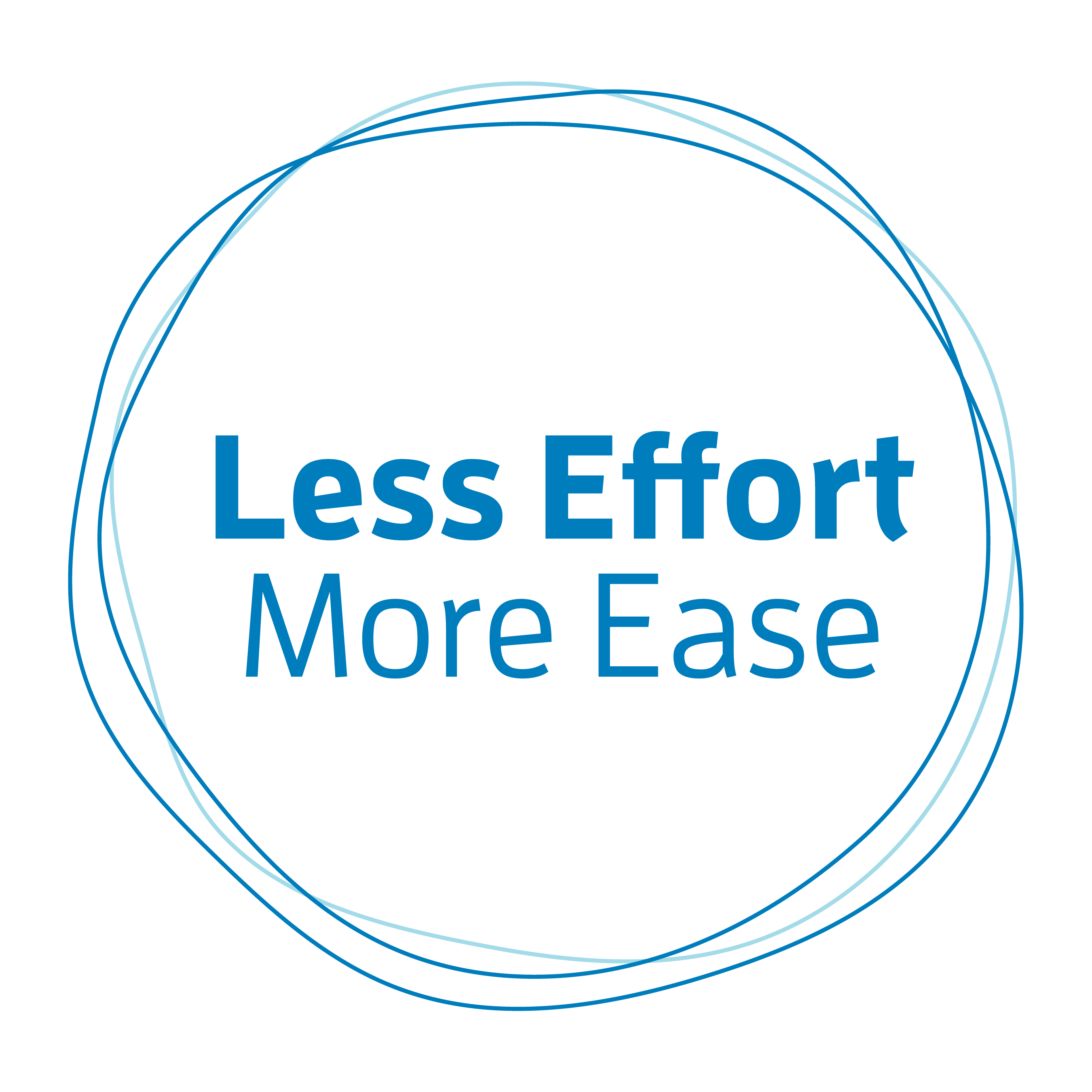When it comes to taking care of ourselves it is all too easy to compartmentalize.
When I was dealing with a lot of chronic pain back in my 20s I compartmentalized a lot. Not because I had chronic pain. But because that’s how I had learned to habitually divide up my days.
There was a time when I “took care of my body” and I time when “I did everything else”.
Back then it did not occur to me that I could take care of my body while I did everything else.
Novel idea. Actually, turned out to be a great idea.
The activities I did to “take care of my body” were useful. I swam, I went for walks and I danced. The gentle movement and variety that these activities provided helped me.
What really ended up helping me the most though, was when I committed to bringing some attention to how I was using myself from time to time while “I did everything else”.
I was spending a whole heck of a lot of time “doing everything else”. Certainly, a lot more time than I was spending “taking care of my body”
As I started to observe how I habitually used myself during some of my daily activities, I began to become familiar with and then change the habits of Posture and Use that were contributing (for me to a great degree) to my pain problems.
We do our workout or our yoga practice or our tai chi and then we are done. That should set us up for not needing to think about our bodies for the rest of the day while we are doing everything else.
Oh, if it was only so easy…
I have a good number of students who come into my studio and tell me that they need to work on their forward head posture. By forward head posture, they usually mean that the neck has dropped forward and down, and with it the head so that the head is habitually forward of the body. So, more accurately it might be called forward neck posture.
Sometimes they have been taught exercises to strengthen what they have been told are weak neck muscles. The common exercise I see is to place the finger just above the upper lip and under the nose and then pull the head backward away from the finger and hold. Count to 10. And repeat.
So, let’s say that Joe spends 5 minutes two times a day “working on his body” by doing the above exercise. And then the rest of the day “does everything else” Joe does, which includes his habit of dropping his neck and head forward and down towards his smartphone each time he uses it, pushing his neck and head towards his fork and cup of coffee each time he eats or drinks and towards his computer monitor while he works.
Each time he does each of these things he is contributing to his problem of forward head (neck) posture.
He would get much farther if he de-compartmentalized and paid some attention to how he was using his head and neck when doing everyday activities. That is where he can affect real change.
But before he can even begin to do that he must allow for a shift in how he thinks about things.
Many of us who work in an office job think of it as mental work. But the fact is we are a whole being—a mind and a body—and everything we do involves both. The change in mindset is that of de-compartmentalizing. Of checking in with yourself as you go throughout your day in order to pay a bit of attention to how you are doing what you are doing.
This way you start to take care of your body throughout the day as opposed to it being one big effort that happens in the morning when you do an hour of yoga postures or when you go for your daily swim at 6 pm.
You may find that building this into your day, even in small doses, helps you in ways you never dreamed of.
Image by Free-Photos from Pixabay




